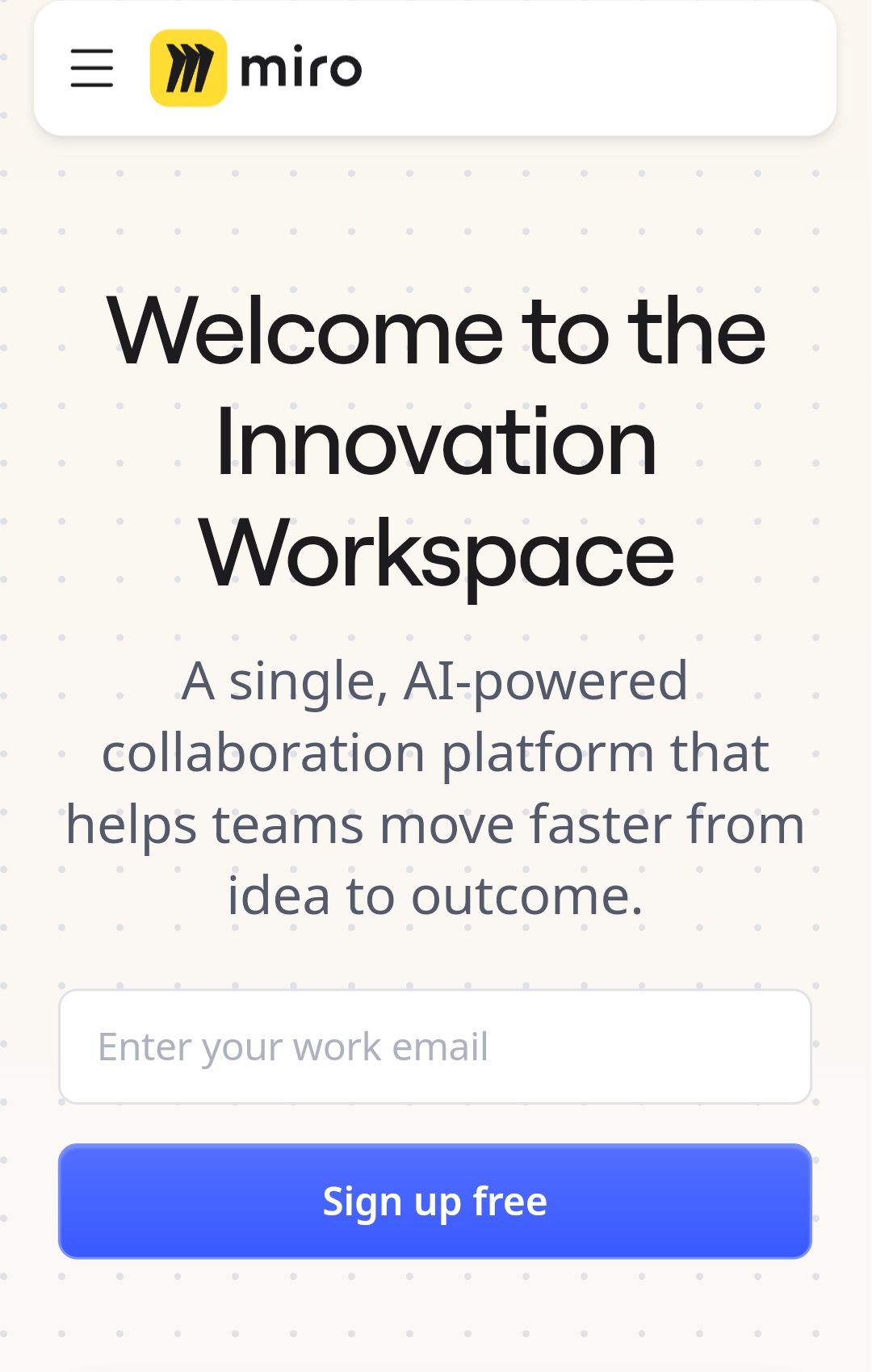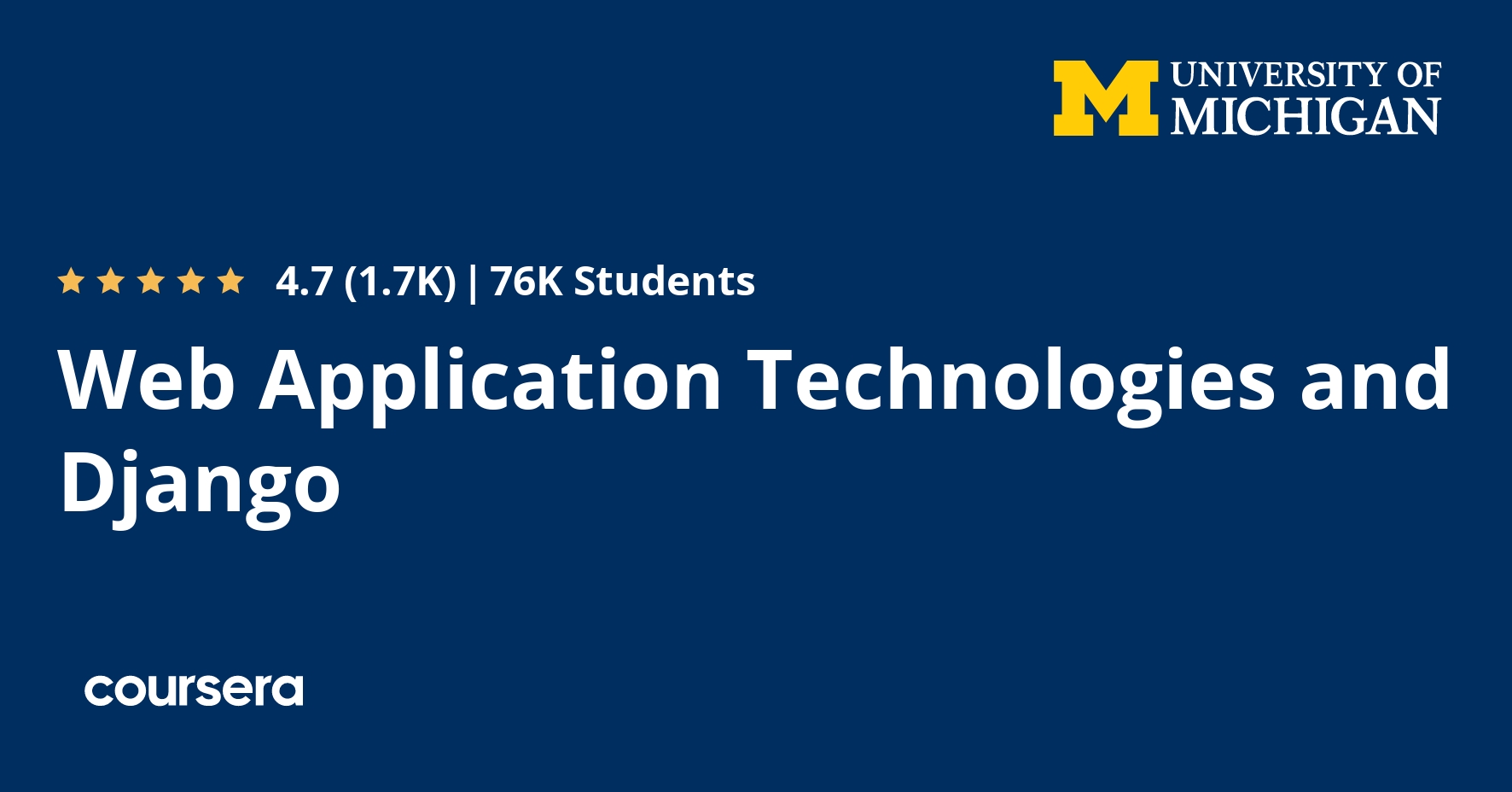Description
In this course, you’ll explore the basic structure of a web application, and how a web browser interacts with a web server. You’ll be introduced to the Hypertext Transfer Protocol (HTTP) request/response cycle, including GET/POST/Redirect. You’ll also gain an introductory understanding of Hypertext Markup Language (HTML), as well as the overall structure of a Django application. We will explore the Model-View-Controller (MVC) pattern for web applications and how it relates to Django. You will learn how to deploy a Django application using a service like PythonAnywhere so that it is available over the Internet.
This is the first course in the Django for Everybody specialization. It is recommended that you complete the Python for Everybody specialization or an equivalent learning experience before beginning this series.
What you will learn
Introduction to Dynamic Web Content
We look at the basic structure of a web application and how a web browser interacts with a web server. We explore the Request-Response Cycle that is the basis of the Hypertext Transfer Protocol (HTTP).
Installing Django on PythonAnywhere
This walks through the installation steps for Django on PythonAnywhere. If you cannot use PythonAnywhere, you can also install Django locally and submit assignments your local computer for grading. Installing Django locally will be described in an upcoming lesson.
Hypertext Markup Language (from WA4E Specialization)
We briefly cover the basics of the HyperText Markup Language (HTML) that is the markup for web pages. For some students this material will be relatively easy and mostly review.
Cascading Style Sheets (from WA4E Specialization)
We briefly cover the basics of cascading Style Sheets (CSS) that allow us to style the markup for web pages. For some students this material will be relatively easy and mostly review.








